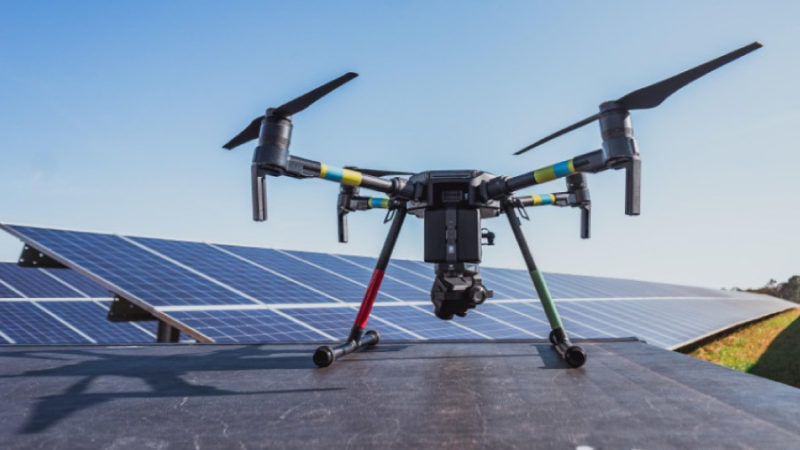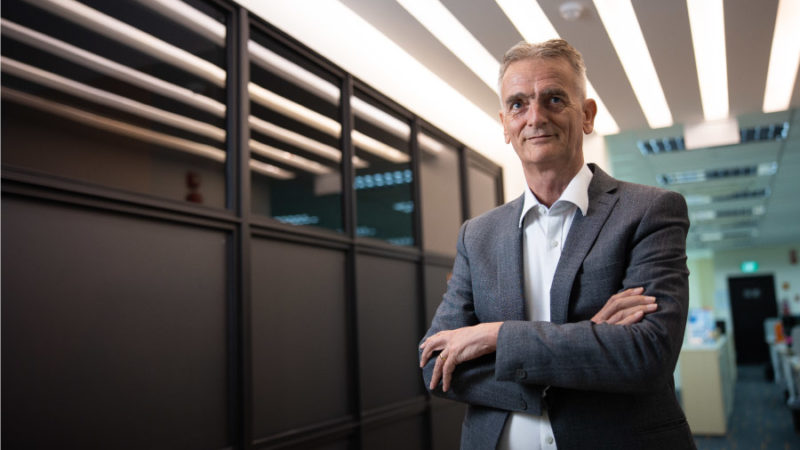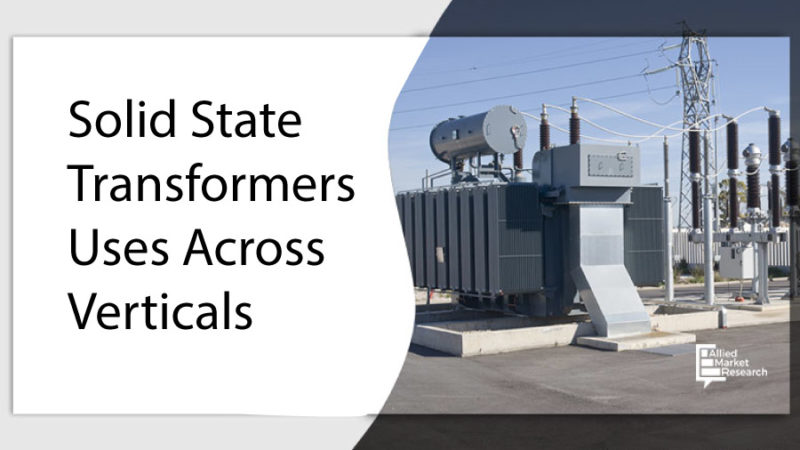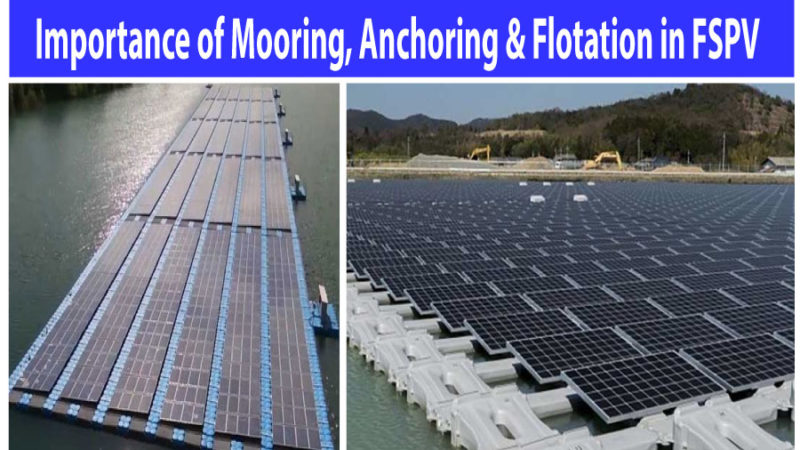Lost Decade of Indian Solar PV Manufacturing.. – Kolan Saravanan, General Manager, Centrotherm Photovoltaics India
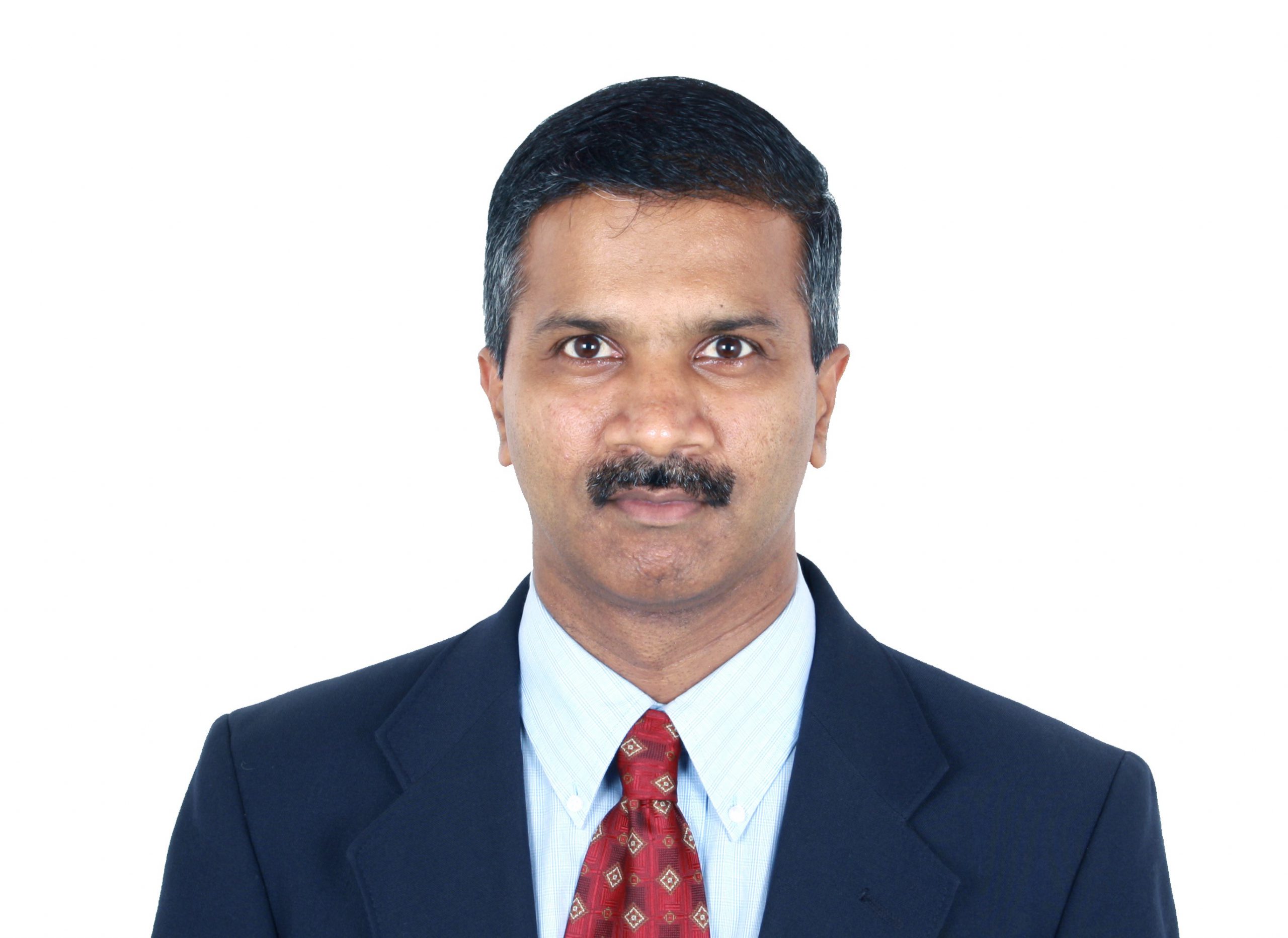
Ten years is a good time to review the impact of “National Solar Mission” on Solar photovoltaic manufacturing. The scheme was launched in ‘08 with a target of 20 GW of installations by the year ’22. This installation target was to be met by setting up favorable manufacturing environment and policies to have 5 GW of annual manufacturing capacity of cells and modules and 2 GW of Polysilicon supplying to the Mission. The Government in July 2015 revised the installation target from 20 GW to 100 GW for solar PV installation with a detailed focus on the grid-connected solar rooftop and medium & large scale grid-connected solar PV. The announcement did not have any enhancements to manufacturing goal or further specific policies to support manufacturing.
The revised goals fit nicely into the Paris agreement and the commitment of the country towards that. Thanks to some bold and shrewd policies and a fortuitous fall in PV prices; the country handily achieved the original goal of 20GW in 2017 and is working towards the revised 100GW goal by 2022. Unfortunately, that cannot be said of the solar PV manufacturing.
Let us look at the PV manufacturing scene – The solar PV system is made up of the PV module, inverter and balance of system (BOS). The BOS includes cables and frames that are typically sourced locally. The inverter suppliers have started to set up facilities to manufacture in India as it is more cost effective; once you factor in the import duty for inverters. The module manufacturing involves the assembly of cells and encapsulating them in a glass frame to ensure that a lifetime of 25 years is possible. This is an important stage; but not a high-value creation. The larger value is in the conversion of poly to wafer and of wafer to cell, rather than the cell to module. There is no wafer manufacturing capacity in India. Construction of a poly-Silicon plant was started and has stalled even before the commencement of operation. MNRE assessment of August 2017 showed an installed capacity of nearly 3 GW cell and >5 GW module manufacturing.
The cell manufacturers; however, are unable to participate in the huge market opportunity due to the onslaught of below-cost imports. They lobbied for anti-dumping duty in 2014 and while the assessment was in favor of the provision; it was withdrawn based on upcoming programs to support them and in the interest of seeing a robust solar PV installation. Four years later; they are still struggling to get business and have only 0-10% utilization in the last few months. Another anti-dumping and safeguard petition has been filed.
It is quite clear that without the support and a level playing field; solar PV manufacturing is set to bypass India. SECI has issued an invitation for expression of interest to set up new solar PV manufacturing chain from wafer to module of up to 5GW and giving them assured offtake for two years is a welcome move. The plan is innovative and hopes it is able to attract manufacturing. The only hitch is that the manufacturing facility is expected to come up over a 3 to 4 year time period well after the national goals are to be achieved. None of that will do good for a beleaguered industry that is facing an existential crisis.
They need immediate relief in the form of safeguard or dumping duty. A provisional duty of 70% announced on Jan 18 has been rejected by the committee of secretaries. A detailed review continues to be in progress. The department of safeguard has announced a public hearing on June 26th and manufacturers hope that it is concluded quickly and fair duty is implemented.
Recent reports suggest that the national goal of 175GW of renewable energy installation by 2022 will be met ahead of time and the target will be augmented to 227GW. It will be a pity if that is achieved on the graveyard of domestic solar PV manufacturers. A speedy conclusion of pending safeguard for solar PV cells is the last and only chance to recover the lost decade of solar PV manufacturing immediately….
(The author has spent the last two and half decades in the manufacturing equipment sector and has closely followed the manufacturing cycles for semiconductor and solar PV manufacturing.)




